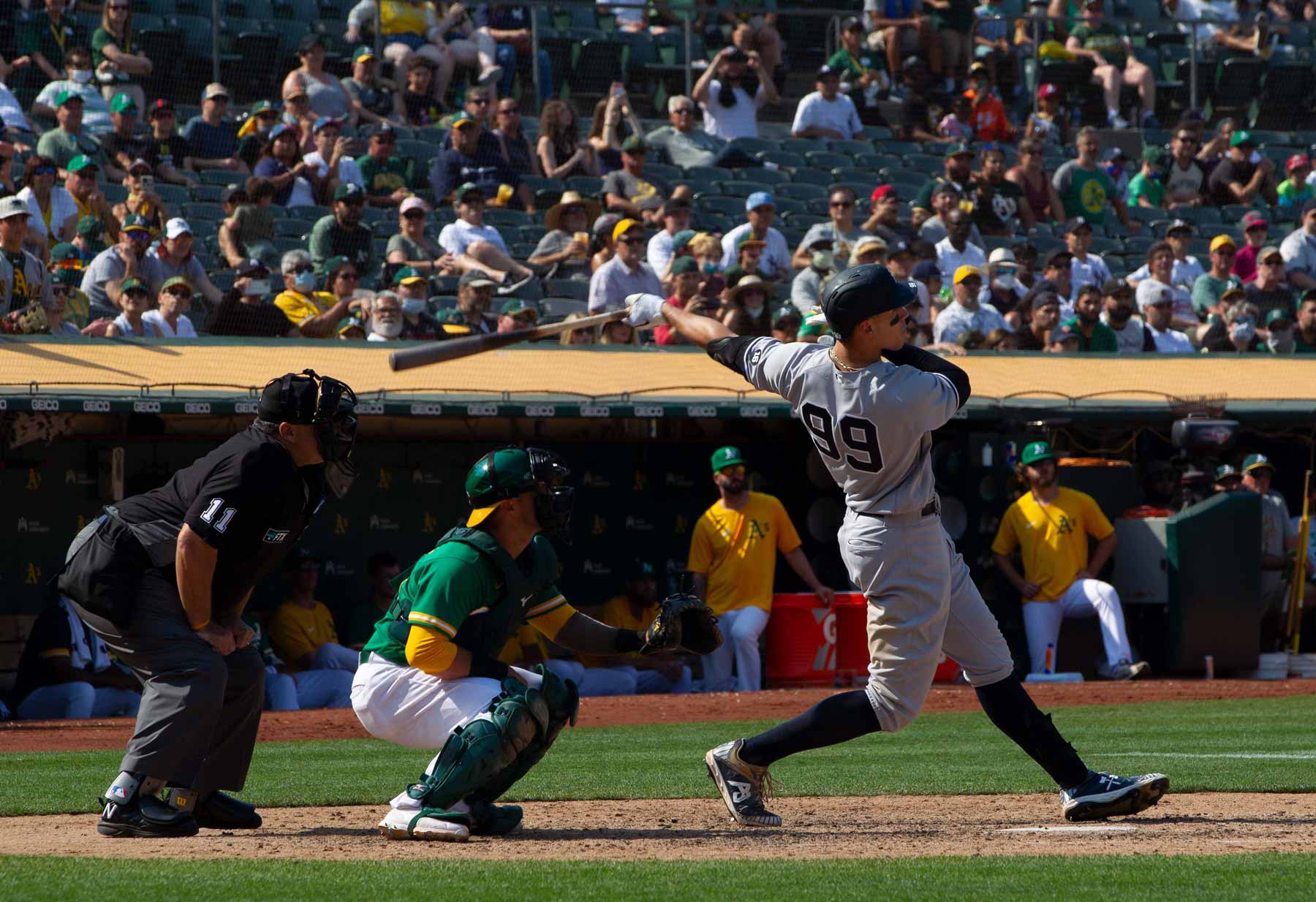Hope all is well with you. With many of the world’s major central banks rapidly raising interest rates, the major U.S. stock indexes fell for the fifth time in six weeks to levels near year-to-date lows. The latest losses of around 4% to 5% were similar in scale to the previous week’s steep declines. Since mid-August, the NASDAQ has tumbled more than 17%, the S&P 500 has dropped about 14%, and the Dow has fallen more than 13%. The indexes are all close to their levels of mid-June, prior to the rally that had sent stocks higher through much of the summer. Aaron Judge hit his 60th Home Run this week. I have broken down this week’s updates using quotes from the soon to be American League Home Run king.
Like a hitter trying to break out of a slump. The Federal Reserve is focused on what they can control. The Fed hiked its policy rate by another 75 basis points (0.75%) and raised its outlook for potential additional hikes ahead. The move was widely anticipated, but stocks moved lower in response to the Fed’s comments on its outlook for further policy tightening. The Fed expects to keep rates higher for longer to curb inflation. They are willing to cause some economic damage to do that as they view price stability as the main issue that needs to be addressed. The market is just resetting the expectations to this reality. The rate hikes and tighter FED policy has been damaging for market returns but that doesn’t mean things won’t get better. The maker expects that rates are going to 4.5% from 3.25% where they are now. That means we are closer to the end of the Fed’s current campaign than the beginning. Historically, the early phase of the rate hikes which we just went through usually generated the most negative market performance. Once the Fed’s policy rate peaks (again we are likely closing in on that) market performance is usually strong two years from the rate peak. The average stock market increase has been 35.1% and 14.7% just one year out from the rate peak.
The market is having another losing streak. Stocks rallied more than 17% from mid-June to mid-August because there was hoped that the Fed would shift away from rate hikes in the near term. Inflation did not cooperate the most recent inflation report renewed fear over higher rates and an increased potential for recession, and we have gone back down towards the lows. It is uncomfortable but normal. Bear-market rallies like one we got over the summer are common. Retesting the prior lows is also normal in a bear market. In the last 50 years it has happened six times (1970, 1972, 1982, 1987, 2002 and 2009) those bear markets all retested or even took out the previous lows. In each instance the market performance 12 months out from the retest has been significantly positive.
If you’d like to speak about your investments or your plan, my calendar link is below and you can schedule a phone or zoom appointment at any time.





